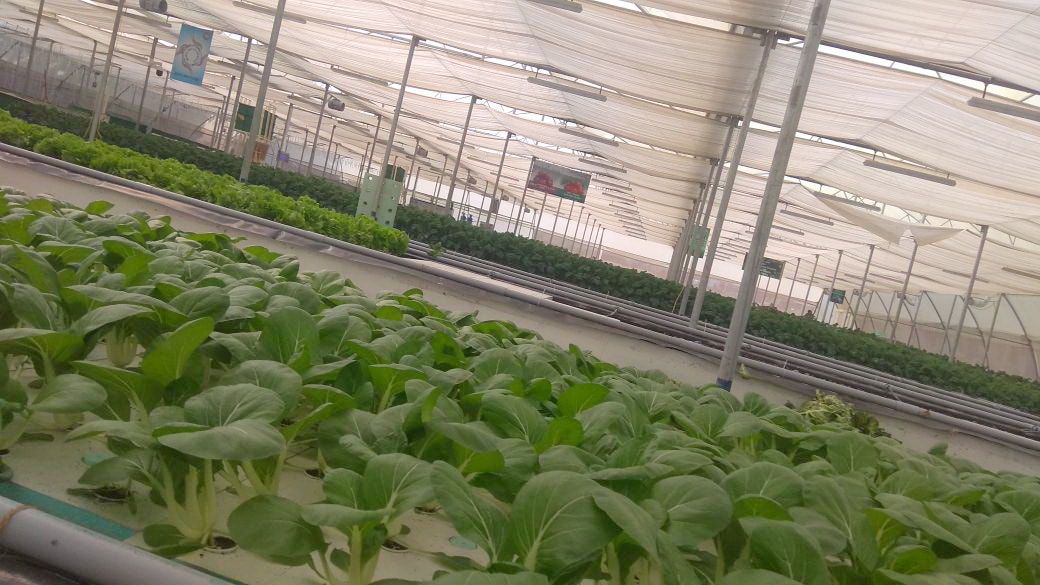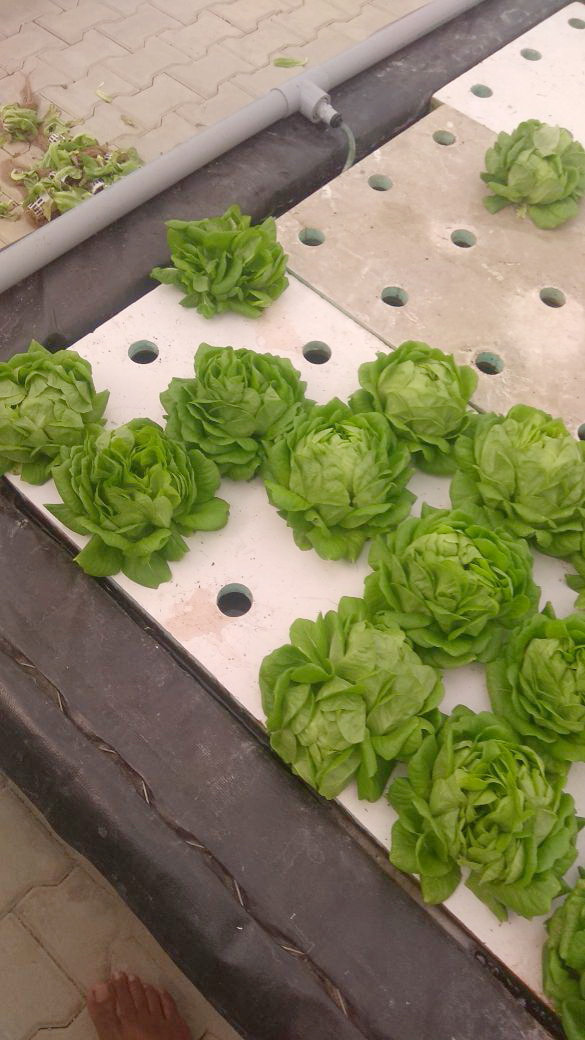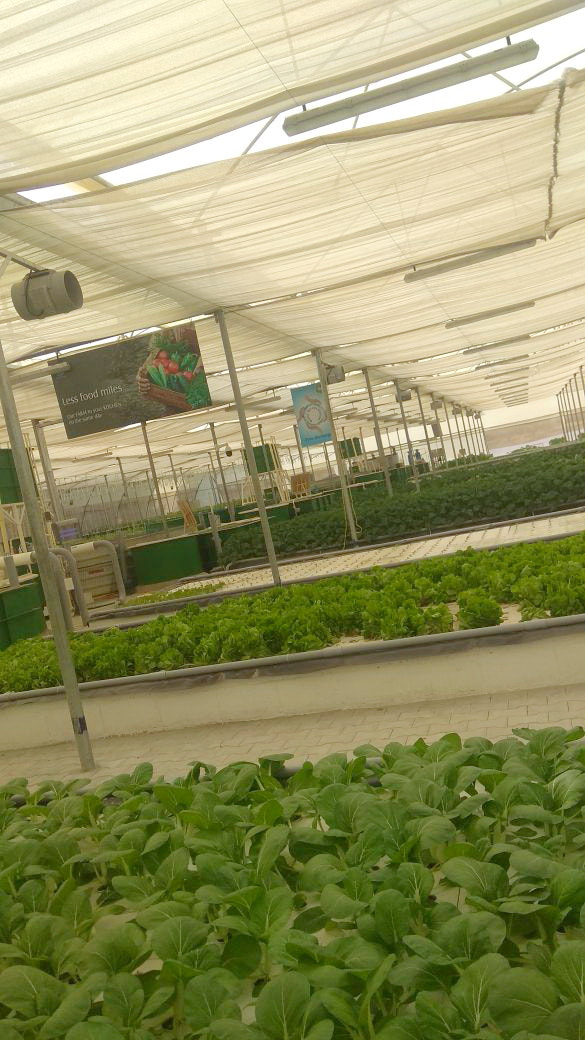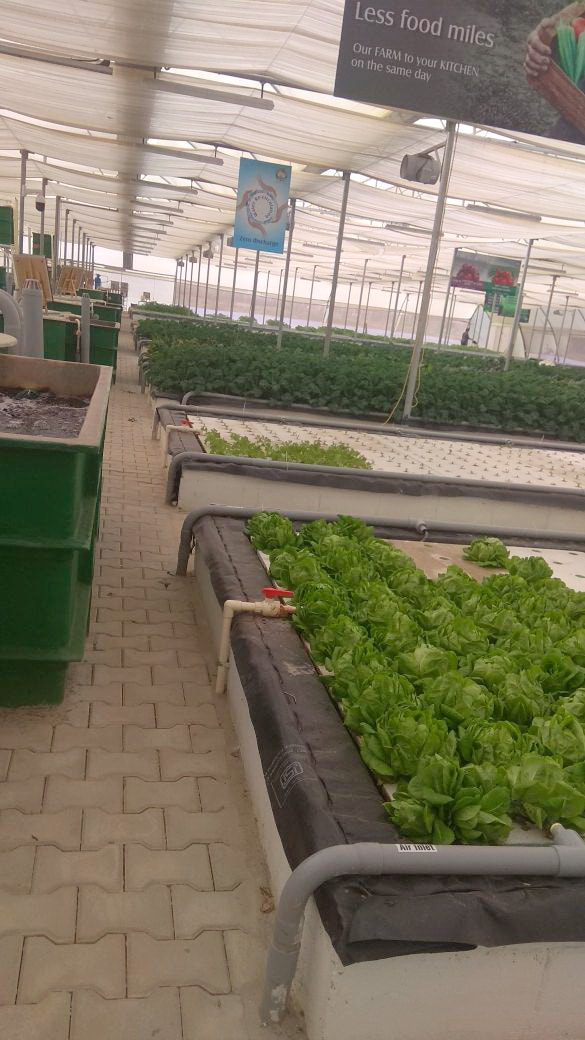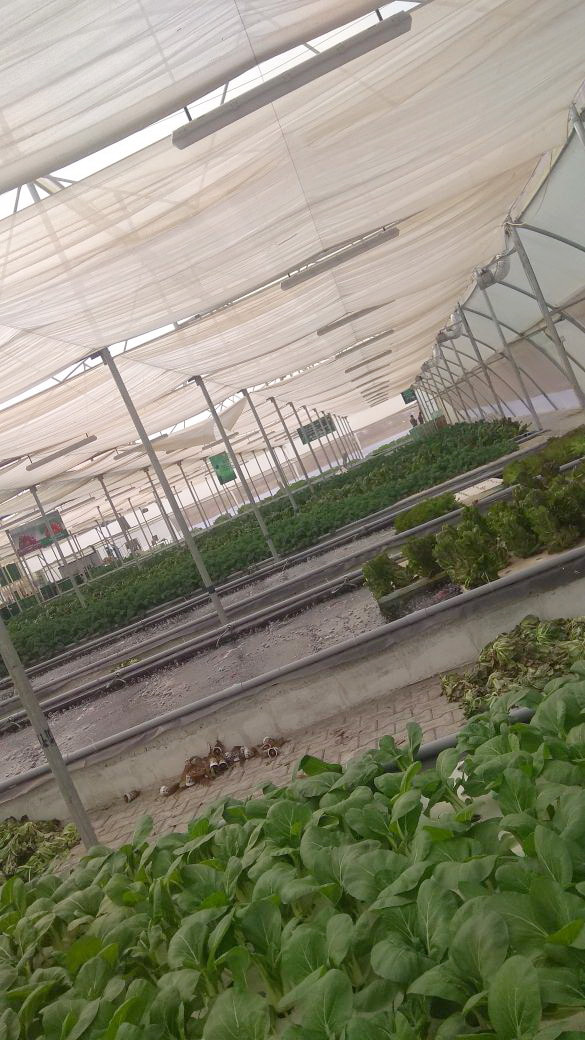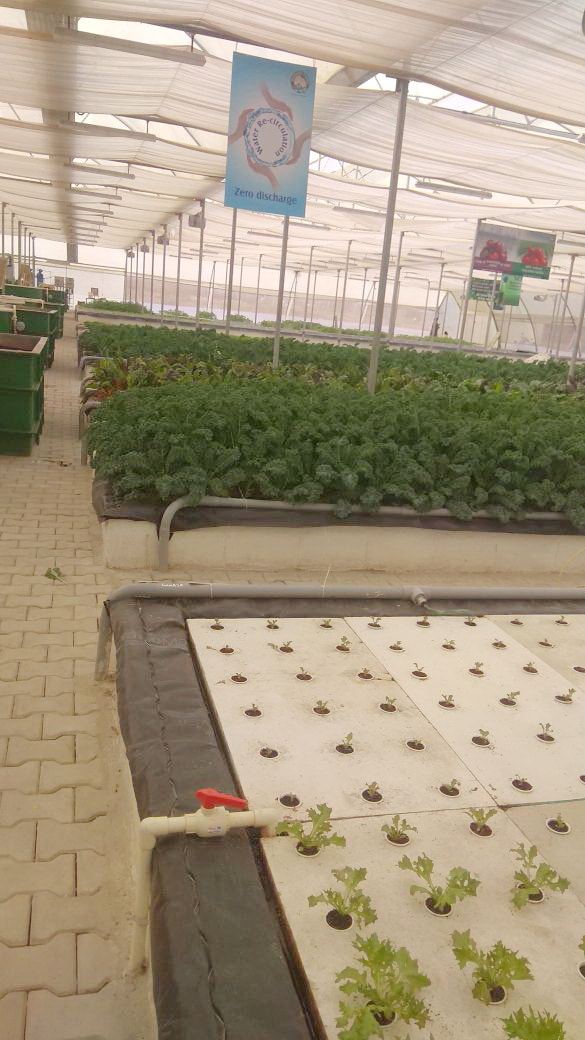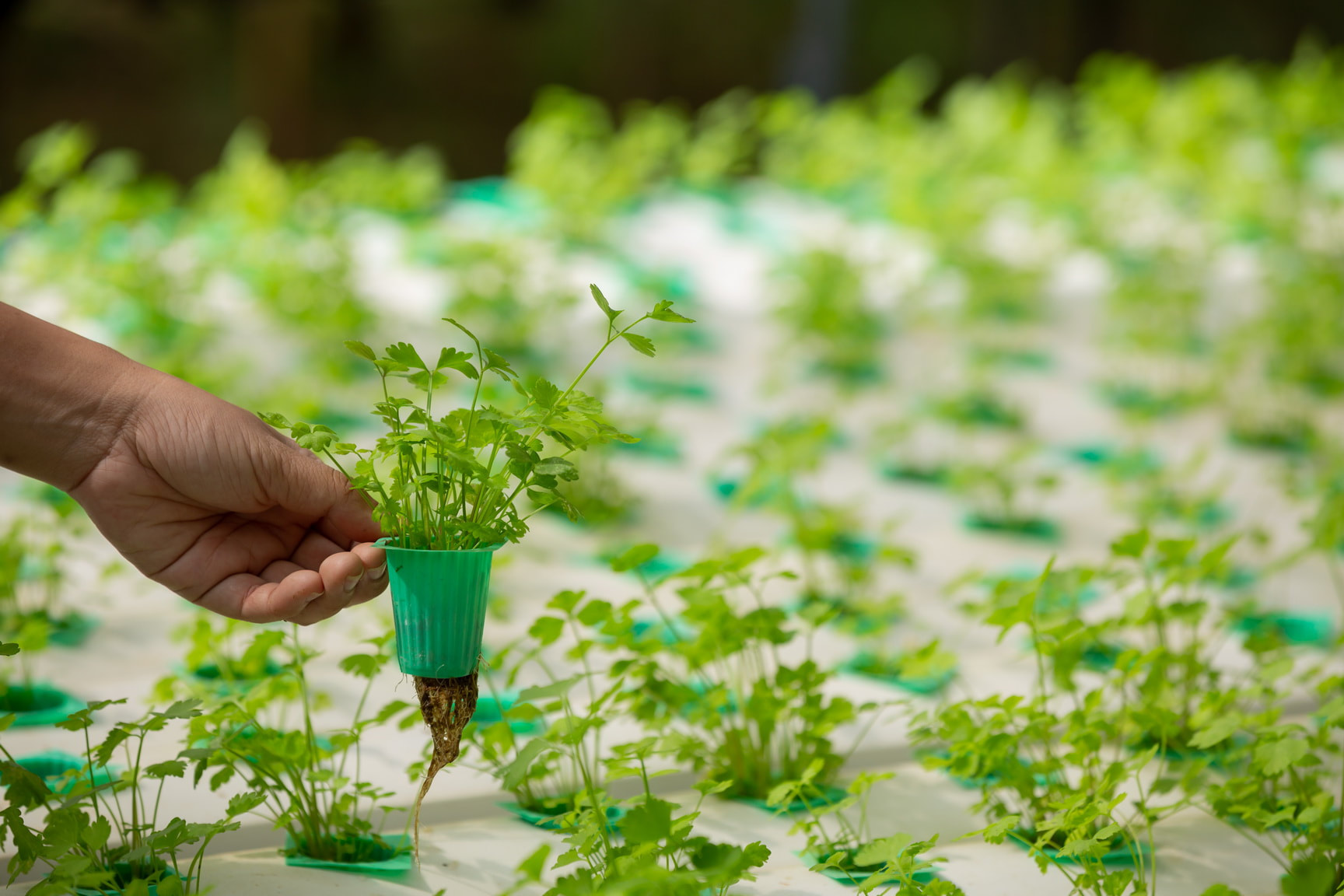INSUBOARD DOESN’T ABSORB MOISTURE MAKING IT IDEAL FOR HYDROPONICS
Methodology of Hydroponics Applications with INSUboard- XPS
(Extruded Polystyrene Thermal Insulation Boards)
Hydroponics is a subset of hydroculture and is a method of growing plants using mineral nutrient solutions, in water, without soil. Terrestrial plants may be grown with their roots in the mineral nutrient solution only or in an inert medium.
Plants absorb essential mineral nutrients as inorganic ions in water. In natural conditions, soil acts as a mineral nutrient reservoir but the soil itself is not essential to plant growth. When the mineral nutrients in the soil dissolve in water, plant roots are able to absorb them. When the required mineral nutrients are introduced into a plant’s water supply artificially, soil is no longer required for the plant to thrive. Almost any terrestrial plant will grow with hydroponics.
Advantages
Some of the reasons why hydroponics is being adapted around the world for food production are the following:
1) No soil is needed for hydroponics
2) Hydroponics saves water, it stays in the system and can be reused – thus, a lower water requirement. Hydroponics also saves water; it uses as little as 1⁄20 the amount as a regular farm to produce the same amount of food.
3) It is possible to control the nutrition levels in their entirety – thus, lower nutrition requirements.
4) No nutrition pollution is released into the environment because of the controlled system.
5) Stable and high yields.
6) Pests and diseases are easier to get rid of than in soil because of the container’s mobility.
7) Ease of harvesting.
8) No pesticide damage.
9) Plants grow healthier.
10) It is better for consumption.
Today, hydroponics is an established branch of agronomy. Results have proved it to be thoroughly practical and to have very definite advantages over conventional methods of horticulture.
There are two main advantages of the soil-less cultivation of plants. First, hydroponics may potentially produce much higher crop yields. Also, hydroponics can be used in places where in-ground agriculture or gardening are not possible.
Techniques
The two main types of hydroponics are solution culture and medium culture.
Solution culture does not use a solid medium for the roots, just the nutrient solution. The three main types of solution cultures are static solution culture, continuous-flow solution culture and aeroponics.
The medium culture method has a solid medium for the roots and is named for the type of medium, e.g., sand culture, gravel culture, or rockwool culture.
There are two main variations for each medium, sub-irrigation and top irrigation.
For all techniques, most hydroponic reservoirs are now built of plastic, but other materials have been used including concrete, glass, metal, vegetable solids, and wood. The containers should exclude light to prevent algae growth in the nutrient solution.
Substrates
One of the most obvious decisions hydroponic farmers have to make is which medium they should use. Different media are appropriate for different growing techniques – Expanded clay aggregate, Growstones, Coir, Rice Hulls, Perlite, Pumice, Vermiculite, Sand, Gravel, Wood Fibre, Rock Wool, Sheep Wool, Polystyrene etc.
Nutrient solutions
Plant nutrients used in hydroponics are dissolved in the water and are mostly in inorganic and ionic form. Primary among the dissolved cations (positively charged ions) are Ca2+ (calcium), Mg2+(magnesium), and K+(potassium); the major nutrient anions in nutrient solutions are NO− (nitrate), SO2− (sulfate), and H2PO− (dihydrogen phosphate).
Many use different combinations of chemicals to reach similar total final compositions. Commonly used chemicals for the macronutrients include potassium nitrate, calcium nitrate, potassium phosphate, and magnesium sulfate.
Various micronutrients are typically added to hydroponic solutions to supply essential elements; among them are Fe (iron), Mn (manganese), Cu (copper), Zn (zinc), B (boron), Cl (chlorine), and Ni (nickel).
Chelating agents are sometimes used to keep Fe soluble, and humic acids can be added to increase nutrient uptake.[20]
Organic hydroponics uses the solution containing microorganisms. In organic hydroponics, organic fertilizer can be added in the hydroponic solution because microorganisms degrade organic fertilizer into inorganic nutrients. In contrast, conventional hydroponics cannot use organic fertilizer because organic compounds in the hydroponic solution show phytotoxic effects.
INSUBOARD – XPS is preferred for Hydroponics application because of its unique features of light weight, negligible water absorption, easy to handle, resistance to bacterial and micro organism growth, non toxic and its long term durability.
Advantages of using INSUBOARD - XPS Boards compare to EPS Boards
EPS boards can become water-logged and covered with algae, but this doesn’t happen with XPS boards.
As surface layer of fertilizer salts develops when the moisture from the floating EPS boards evaporates, and this wastes both water and fertilizer.
INSUBOARD XPS has a consistent structure without any large air pockets whereas EPS boards have a more irregular structure and occasional air pockets which may prove beneficial to plants when floating on non-circulating nutrient solution.

